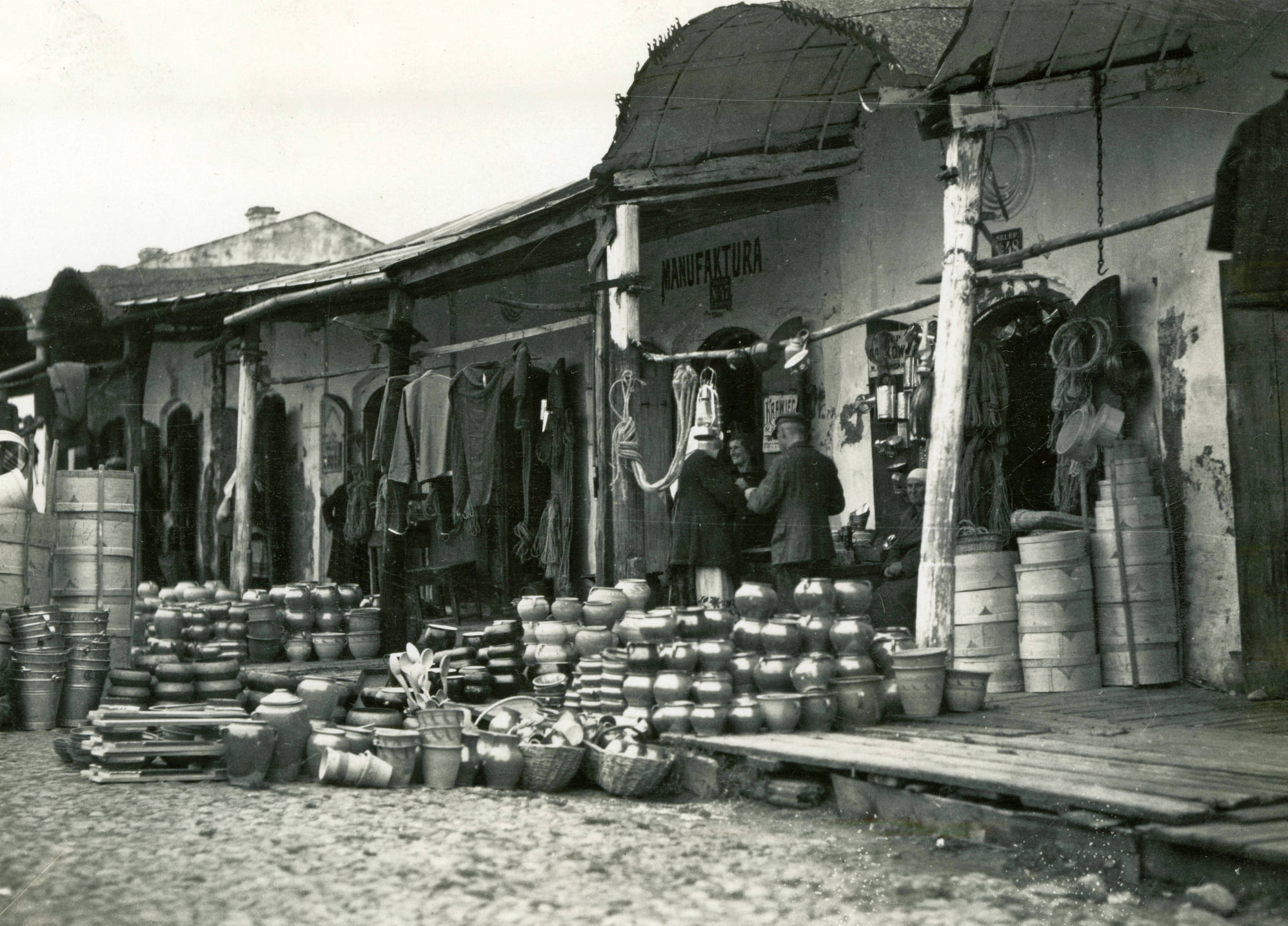
Please, contact us:jhrg@jhrgbelarus.org
Day 1:
- Arrival into Minsk.
- Transfer from airport to hotel.
- At request: visit of historical archive city of Minsk, where are stored documents on the Jewish community of Belarus, beginning from 1795.
Day2: Minsk
- Minsk – Visiting a museum of history and culture of the Belarus Jews, Jewish Community Center, area of a ghetto, the central place of destruction of Jews in Minsk – a memorial “Hole”, an old Jewish cemetery and a place of destruction of Jews from Germany, building of the main choral synagogue of of Minsk established in 1898, the Jewish street of the beginning of 20th century. A place of concentration camp “Small Trostenets”, where with in 1941-1944 have destroyed more than 200,000 Jews of Belarus and the countries of the Western Europe.
Day 3: Minsk Khatyn -Zaslavsl – Minsk
- A museum of World War II – a memorial – a complex “Khatyn”, 30 km from Minsk, eternal memory of the WWII
- Zaslavl – a museum of history of the Belarus place
- The main synagogue of city of Minsk – a meeting with leaders of the Jewish community and the rabbi of Belarus.
Day 4: Minsk – Rakov – Volozhin – Ivenets – Rubezhevichi – Dzerzhinsk(Koydanovo)
- Rakov – the Jewish city block, an ancient Jewish cemetery of 1642, a memorial to 950 burnt Jews in 1942, a museum of a place
- Volozhin – a building of the first in the East Europe yeshiva 1806, an ancient Jewish cemetery of 1656, a tomb of the founder yeshiva – rabi Haima Volozhiner a memorial in memory of more than 2000 Jews of Volozhin destroyed within the Holocaust, a monument for 300 Jews of city burnt alive, a meeting with the Jewish families of city (6 families).
- Ivenets – a building of a synagogue of 1912, a place of destruction of 800 Jews of city, an ancient Jewish cemetery of 1712, the house of the head rabbi, city Block of a ghetto
- Dzerzhinsk (Kojdanovo) – a building yeshiva 1892, a place of destruction of 1600 Jews of the city, a place of destruction of 13000 Jews from Czechia and Austria, a meeting with the Jewish families of city.
Day 5: Minsk – Stolbtsy – Mir – Nesvizh – Baranovichi – Pinsk
- Stolbtsy – the Jewish ancient cemetery of 1795, a building of a synagogue, premise of Mikvy, a memorial in memory of 3000 Jews of city killed during 1941-1942, a meeting with the Jewish families of city.
- Mir – house of Radzivila – a historical monument of 17th century, Jewish city block, building of a synagogue, yeshiva and Jewish library, an ancient Jewish cemetery of 1731, memorial to over 1500 Jews of city destroyed, a tomb of last rabbi of a place, place of execution of 700 Jews of city
- Nesvizh – the Jewish city bock, place of destruction of 1500 Jews of city, Building of a synagogue, a historical museum of a place, House-museum Radzivilov – medieval Belarus magnates.
- Baranovichi – a historical museum of a place, building of a synagogue and yeshiva, paces of destruction more than 10,000 Jews of city, meeting with the Jewish families of city and leaders of the Jewish community, place of destruction of 3000 Jews from Prague (Czechia)
- Pinsk – a lodging for the night
Day 6: Pinsk – Lenin – Dudutki
- Pinsk – a building of a synagogue, the Jewish hospital, the Jewish kitchen for poor, a modern building of the Jewish school, water travel on the river by the steam-ship, a meeting with leaders of the Jewish community, a place of destruction of Jews.
- Lenin – an ancient Jewish cemetery of 1568 with wooden monuments, a place of destruction of 1200 Jews of city.
Dudutki – a museum of history and culture of the Belarus place of 19th century with traditional Belarus kitchen.
Day 7: Minsk
- Minsk – Visiting of an art museum, museum of samovars, the pedestrian walk on the Jewish city block of 19th century, gallery of decorative art, a farewell party at traditional Belarus restaurant together with all participants of the trip.
Day 8: Minsk
- At the request of clients – purchase of souvenirs, meeting with leaders of the Jewish community
- Departure
Please, contact us: jhrg@jhrgbelarus.org